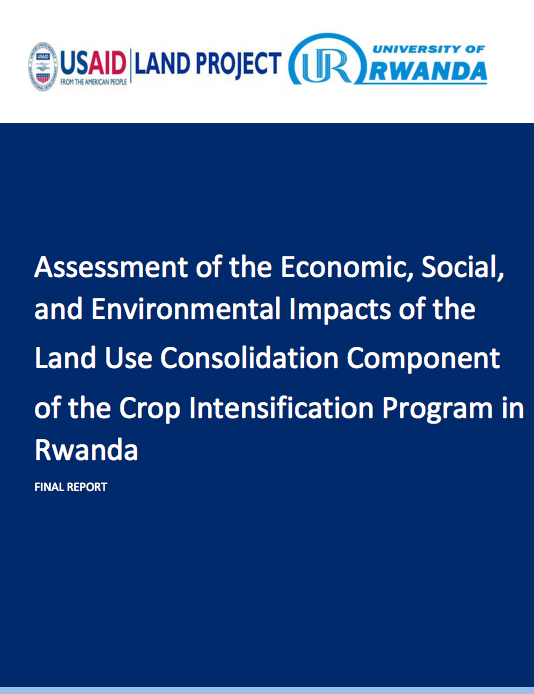Benin Economic Update, Fall 2014
Benin has made substantial progress over
the past decade in reinforcing macroeconomic stability,
which has laid the foundation for modest but accelerating
growth. After averaging less than 3.7 percent from
2007-2011, GDP growth rose to 5.4 percent in 2012 and
reached 5.6 percent in 2013. Growth is expected to remain
strong at 5.5 percent in 2014. Benin s enhanced growth
performance has been supported by ongoing efficiency




